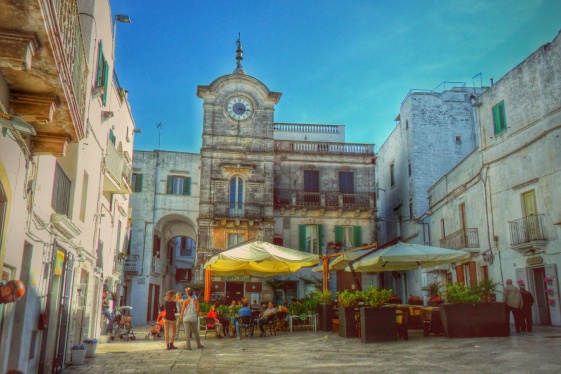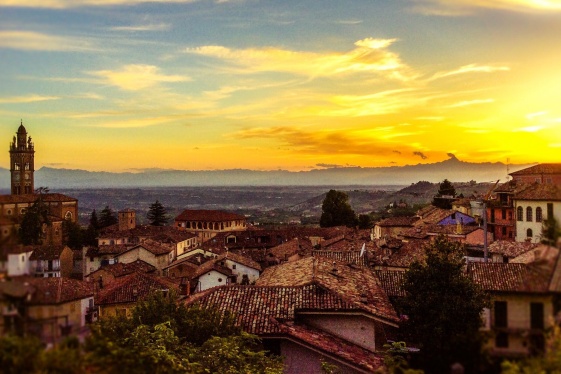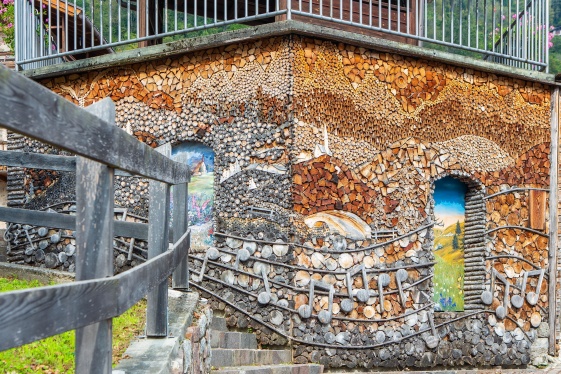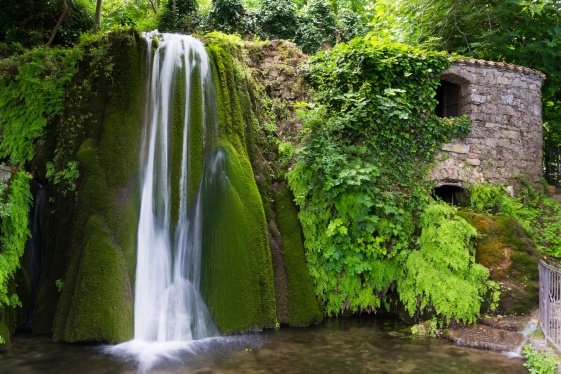Italian little Italies: Gradisca d'Isonzo, a frontier baroque town
Gradisca’s architectural structure has been influenced by four historic periods: the Venetian period (15th century), the Austrian period (17th century), the Habsburg period (19th century) and the Italian period (20th century). The borgo was born as a bulwark against the frequent and devastating Turkish incursions, it was built by Venetian architect...
READ MOREItalian little Italies: Cisternino, the dazzling kasba of the Itria Valley
There is a suggestive atmosphere in the borgo, among houses, tiny streets and courtyards. The Borgo is an example of “spontaneous architecture” designed not by architects following a preestablished plan, but rather by human relations to be fit together, among white painted houses and narrow streets, tiny courtyards and outside stairs, arches and fl...
READ MOREItalian little Italies: Frontino, a corner of paradise in Montefeltro
The castle is perched on a cliff overlooking the Mutino valley. High walls, towers, squares, paved streets, flowers and plants along the streets welcome the visitor. The silence, broken only by the flock of century-old oaks and the light mountain air draw the picture of a landscape of the soul, where reality becomes almost fantastic, recalling ima...
READ MOREItalian little Italies: Atrani, A brief smile of houses on the coast
The beach that surrounds Atrani is the wonderful scenery that surrounds the Borgo that, with its tiny houses built on top one of the other, looks like a nativity scene, especially at night with the glimmering lights. In daytime, the tiny streets seem to disappear behind the houses only to reappear suddenly, widening into a small square, where the l...
READ MOREItalian little Italies: Bevagna, Artisanal masters
Bevagna has preserved virtually intact its medieval urban structure, which for the most part follows the plan of the ancient Roman town. You can start visiting this Borgo from Piazza Silvestri, with its irregular structure that will show you how harmony can be created from an apparent chaos of styles, histories eras. This is one of the most magnifi...
READ MOREItalian little Italies: Monforte d'Alba, UNESCO heritage in Piedmont's wine landscapes
The heart of the borgo is the residence of the Scarampi Marquises, located next to the square in which the Auditorium Horszowski was built and where the Bell Tower and the two Confraternities of St. Elizabeth and St. Augustine stand. Nothing remains of the original castle of Monforte, documented in the 11th century. On the site of the previous cast...
READ MOREItalian little Italies: Pietrapertosa, between the rocks and the sky
The Borgo rises at the end of a road full of hairpin bends, a landscape made of intended and sharp pinnacles, sloping rocks and ridges touching the sky, that reminds a Northern Italy Dolomite scenery but in the very Southern Italy. Pietrapertosa is inside the Gallipoli Cognato and Dolomites of Lucania Park, characterized by the typical fantastic sa...
READ MOREItalian little Italies: Mezzano, scattered rural signs
Mezzano lies at the foot of the famous Dolomites Mountains called “Pale di San Martino”, recently recognized by UNESCO as world heritage. The centre of Mezzano is made of an almost continuous sequence of old rural, residential stone and wood buildings that follow the ancient way to Feltre. There are no monumental buildings in this borgo, but it can...
READ MOREItalian little Italies: Subiaco, the first monastery of St. Benedict
The only remaining monastery of the thirteen founded by St. Benedict of Norcia in the Aniene valley is that of St. Scholastica, the oldest in the world of the Benedictine order. The structure develops around three cloisters: the Cosmatesque cloister (13th century), the Gothic one (14th century) and the Renaissance one (16th-17th century). The Roman...
READ MOREItalian little Italies: Sadali, in the wild Barbagia
Sadali is located in the Barbagia di Seulo at about 750 meters above sea level, on the edge of the homonymous plateau. The region, mostly mountainous, is defined "island within an island" for the peculiarity of its landscapes that draw a world apart, wild and alienating. In the village, narrow cobbled streets overlooked by ancient houses, suddenly...
READ MORE











